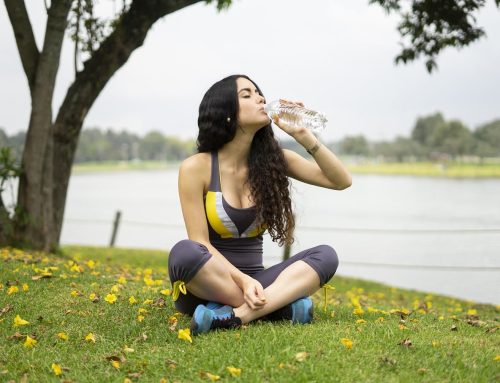 Civilians in Syria are facing a devastating water crisis as the battle for Aleppo, Syria’s largest city, rages on. In some ways they are not sure whether the fear of the artillery fire and barrel bombs or the lack of fresh drinking water is worse.
Civilians in Syria are facing a devastating water crisis as the battle for Aleppo, Syria’s largest city, rages on. In some ways they are not sure whether the fear of the artillery fire and barrel bombs or the lack of fresh drinking water is worse.
Even as reports of planned ground offensives against rebel forces aided by Iranian soldiers and Russian air strikes surfaced, the International Committee of the Red Cross went about seeking a solution to the water scarcity problem. They did this by providing citizens with a map marking locations where they can access clean water.
According to Pawel Krzysiek, a spokesperson for the International Committee of the Red Cross, the map that directs users to the nearest clean-water site is simple and easy to use, especially since virtually everyone now has access to a mobile phone with 3G.
Aleppo was home to about 2 million citizens prior to the eruption of the conflict in 2011, and Krzysiek estimates that the water in the areas is cut off for about half of the time, including in the country’s second-largest city, Damascus.
Barriers to accessing water include the fact that due to the years of conflict, a lot of the water infrastructure has been destroyed; the continuous fighting prevents repairs on damaged electricity lines and water pumps. This is not the only problem, however, as withholding water has also been used as a weapon of war by both the rebels and the Syrian government, who use it as a bargaining chip to put pressure on the other side with the innocent citizens bearing the brunt of such actions.
According to UNICEF, the frequent shutdowns have led to civilians being forced to use polluted water, which in turn has led to an increase in water-borne illnesses. Aleppo’s UNICEF clinics have experienced a 40% increase in children showing up with mild cases of diarrhoea and health officials are worried that there will also be an increase in typhoid and cholera.
The International Red Cross has restored 56 boreholes across the city, aid agencies have begun trucking in water, and it is hoped that this, together with the map of these boreholes via a smartphone application will be of great help to Syria’s citizens, most of whom cannot read but can be directed via GPS to the nearest source of fresh drinking water. The map was accessed by around 40,000 people within the first three days of it being up and running.
Get mains water coolers and water coolers in London from Living-Water.





